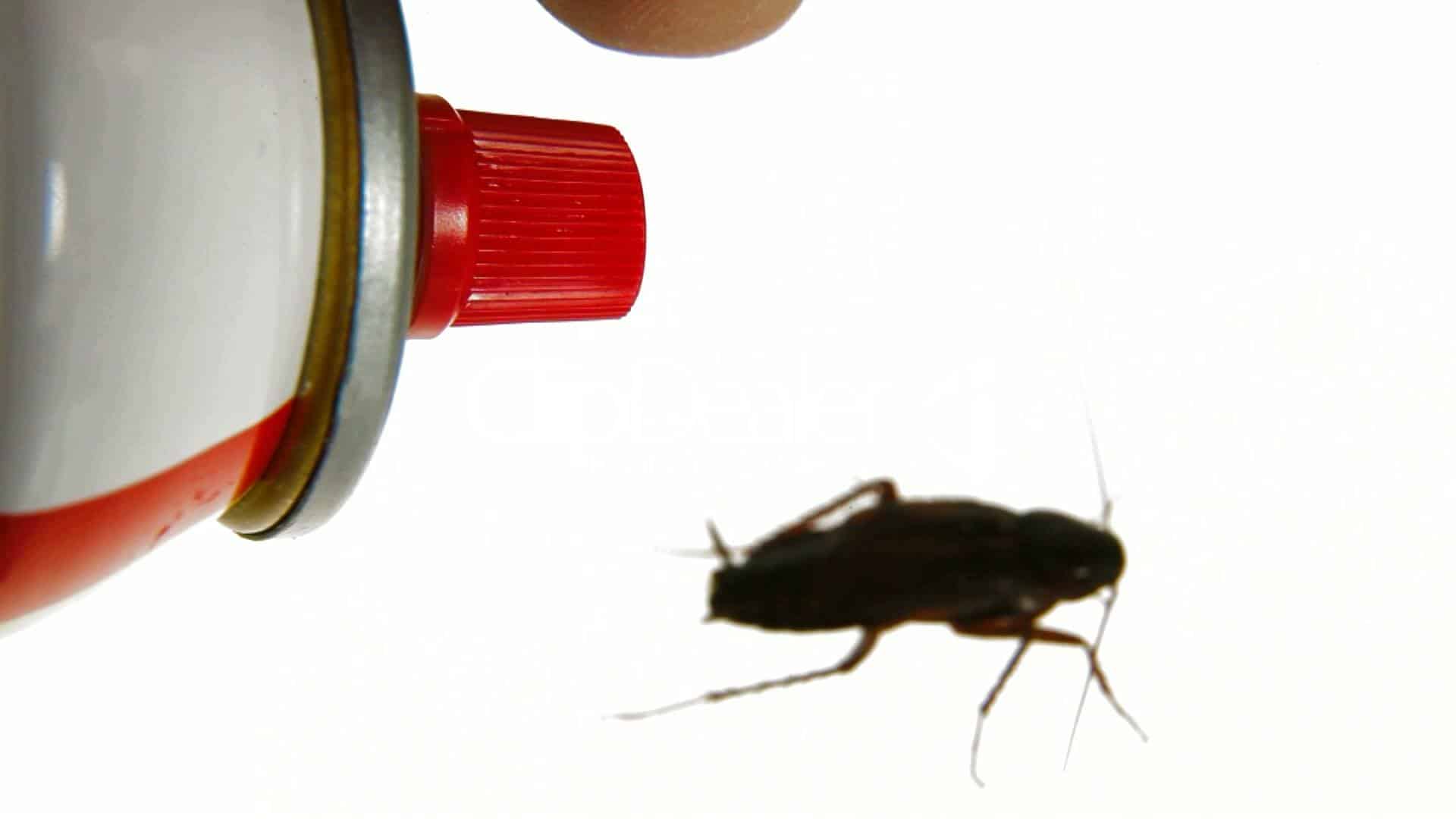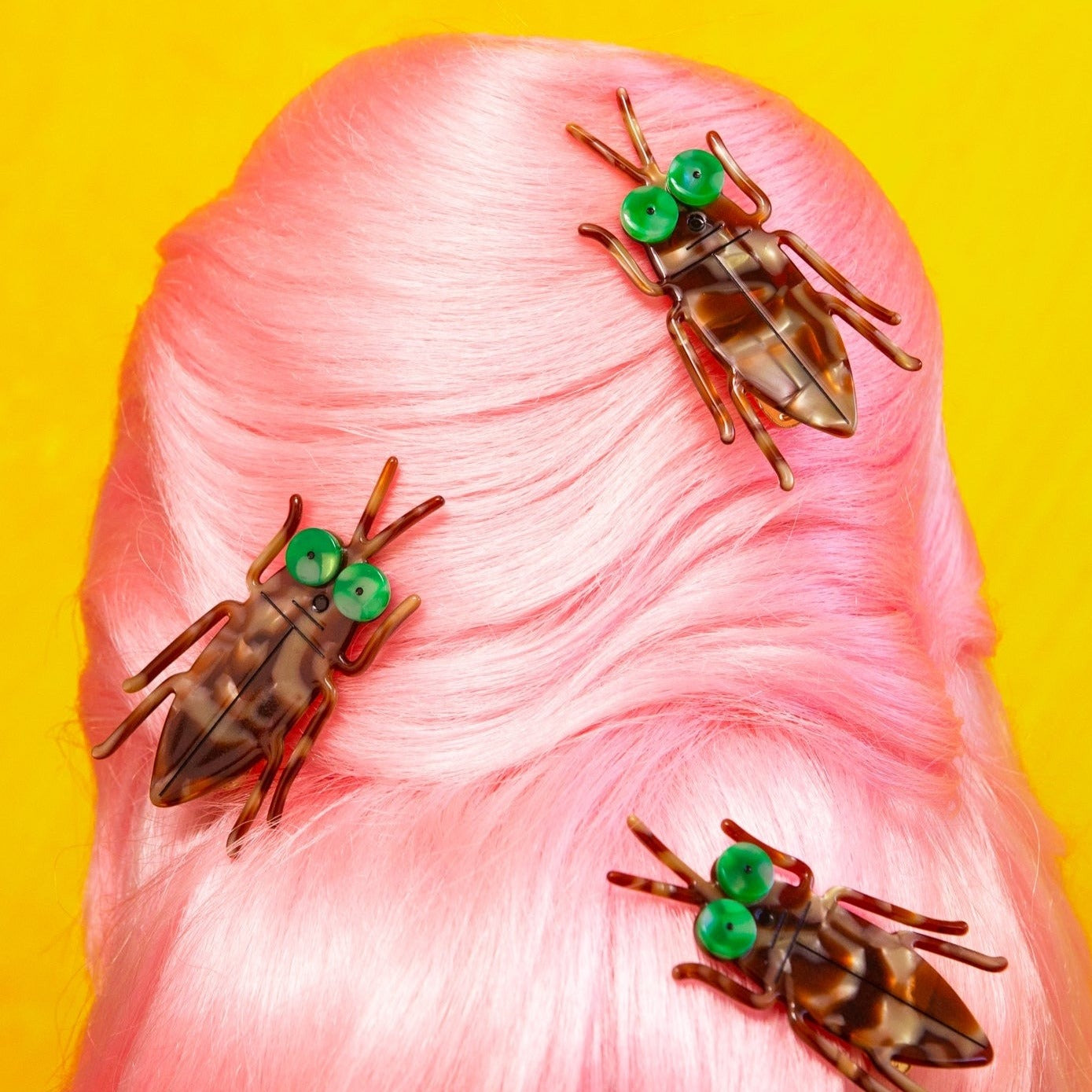Roaches are notorious for their ability to adapt to various environments, making them one of the most challenging pests to eliminate. From DIY solutions to professional extermination, the options for tackling roach problems are vast, but not all methods are equally effective. This guide will help you understand the most reliable and efficient ways to deal with these unwelcome intruders. Roaches thrive in warm, humid environments, and they are often found in kitchens, bathrooms, and basements. These pests are not only a nuisance but also a health hazard, contaminating food and surfaces with harmful pathogens. If left unchecked, a small roach problem can quickly escalate into a full-blown infestation. The key to effective roach control lies in identifying the source of the problem and implementing the best roach treatments tailored to your specific situation. Whether you prefer natural remedies or chemical solutions, this article will provide you with actionable insights to eliminate roaches for good. To ensure long-term success, it’s important to combine prevention strategies with targeted treatments. Understanding the behavior and habits of roaches can significantly improve your chances of eradicating them. In the sections below, we will explore various methods, including the best roach treatments available on the market, how to prevent future infestations, and expert tips for maintaining a pest-free home. By the end of this guide, you will have all the tools you need to tackle your roach problem head-on.
Table of Contents
- What Are the Most Effective Roach Treatments Available Today?
- How Can You Identify the Best Roach Treatments for Your Home?
- What Are the Different Types of Roach Control Methods?
- How to Prevent Roaches from Returning After Treatment?
- Are There Any Health Risks Associated with Roaches?
- What Are the Signs of a Severe Roach Infestation?
- When Should You Hire a Professional for Roach Control?
- Frequently Asked Questions About Roach Treatments
What Are the Most Effective Roach Treatments Available Today?
When it comes to the best roach treatments, there are several highly effective options that homeowners can consider. Among the most popular are bait stations, gel baits, and insect growth regulators (IGRs). Bait stations are pre-filled containers that attract roaches with food-like substances laced with poison. These stations are easy to use and can be placed in strategic locations, such as under sinks, behind appliances, and in corners. Gel baits, on the other hand, are applied in small amounts in cracks and crevices where roaches are likely to travel. The gel is highly attractive to roaches, and once ingested, it disrupts their digestive systems, leading to their demise.
Insect growth regulators (IGRs) are another powerful tool in the fight against roaches. These treatments work by interfering with the reproductive cycle of roaches, preventing them from maturing and reproducing. IGRs are particularly effective for long-term control, as they reduce the overall population over time. When used in combination with bait stations or gel baits, IGRs can significantly enhance the effectiveness of your pest control efforts. Additionally, many of these treatments are designed to be safe for use around pets and children, making them a popular choice for families.
Read also:Exploring Adam Savages Children A Glimpse Into Their Lives And Influence
For those seeking a more natural approach, diatomaceous earth (DE) and boric acid are excellent alternatives. Diatomaceous earth is a fine powder made from fossilized algae, and it works by dehydrating roaches upon contact. Boric acid, a naturally occurring compound, acts as both a stomach poison and a desiccant, killing roaches that ingest or come into contact with it. Both options are non-toxic to humans and pets when used correctly, making them ideal for households with children or animals. By understanding the strengths and limitations of each treatment, you can choose the best roach treatments to suit your needs.
How Can You Identify the Best Roach Treatments for Your Home?
Selecting the best roach treatments for your home depends on several factors, including the severity of the infestation, the type of roaches present, and your personal preferences. To start, it’s important to identify the species of roach you’re dealing with, as different species may require different approaches. For example, German cockroaches are smaller and more elusive, often requiring targeted baiting, while American cockroaches are larger and may be more effectively controlled with sprays or traps.
Next, consider the extent of the infestation. If you’re dealing with a minor issue, DIY solutions like gel baits or diatomaceous earth may suffice. However, if the infestation is widespread or persistent, professional-grade treatments or the assistance of a pest control expert may be necessary. It’s also worth evaluating your home’s layout and identifying potential entry points or hiding spots for roaches. Sealing cracks, fixing leaks, and keeping your home clean are essential steps in making any treatment more effective.
Finally, think about your lifestyle and priorities. If you’re looking for eco-friendly options, natural treatments like boric acid or essential oil sprays may be the best fit. On the other hand, if you need quick and decisive action, chemical treatments or professional services may be more appropriate. By carefully assessing your situation and weighing the pros and cons of each option, you can determine the best roach treatments for your home.
What Are the Different Types of Roach Control Methods?
Natural and DIY Roach Treatments
For those who prefer a hands-on approach, natural and DIY roach treatments offer an affordable and environmentally friendly way to combat infestations. One popular method is using a mixture of baking soda and sugar. The sugar attracts the roaches, while the baking soda reacts with their digestive systems, effectively killing them. Another simple yet effective solution is creating a spray using water and essential oils like peppermint or eucalyptus. These oils are known to repel roaches and can be sprayed in areas where they are commonly found.
Another natural option is the use of diatomaceous earth, a fine powder that dehydrates roaches upon contact. To use it effectively, sprinkle a thin layer in areas where roaches are likely to travel, such as along baseboards or under appliances. Boric acid is another DIY favorite, often mixed with sugar or flour to create a bait that roaches will consume. While these methods are non-toxic and safe for use around pets and children, it’s important to apply them consistently and monitor their effectiveness over time.
Read also:Jacqueline Witte A Remarkable Life And Legacy Explored
Chemical Roach Extermination Options
Chemical treatments are often the go-to choice for severe or persistent roach infestations. Among the most effective options are insecticide sprays, foggers, and aerosols. These products are designed to kill roaches on contact and can be applied in cracks, crevices, and other hard-to-reach areas. Insecticide sprays are particularly useful for treating large areas, while foggers can penetrate deep into hidden spaces, ensuring comprehensive coverage.
For long-term control, bait stations and gel baits remain some of the best roach treatments available. These products are formulated with slow-acting poisons that allow roaches to return to their nests before dying, effectively spreading the toxin to other members of the colony. Professional-grade insecticides, such as those containing hydramethylnon or fipronil, are also highly effective but should be used with caution due to their potency. Always follow the manufacturer’s instructions and consider consulting a pest control professional if you’re unsure about using chemical treatments.
How to Prevent Roaches from Returning After Treatment?
Eliminating roaches is only half the battle; preventing their return is equally important. One of the most effective ways to keep roaches at bay is by maintaining a clean and clutter-free home. Roaches are attracted to food sources, so it’s essential to store food in airtight containers, clean up spills immediately, and avoid leaving dirty dishes in the sink overnight. Regularly emptying trash bins and keeping them sealed will also help deter these pests.
Sealing entry points is another crucial step in preventing roaches from returning. Inspect your home for cracks, gaps, and holes, particularly around doors, windows, and utility lines. Use caulk or weatherstripping to seal these openings and install door sweeps to block access under doors. Additionally, fixing leaky pipes and reducing moisture levels in your home can make it less hospitable for roaches, as they thrive in damp environments. By combining these preventative measures with the best roach treatments, you can significantly reduce the risk of future infestations.
Are There Any Health Risks Associated with Roaches?
Roaches are more than just a nuisance; they can pose serious health risks to humans. These pests are known carriers of bacteria, viruses, and pathogens, which they can spread through their droppings, saliva, and shed skin. Exposure to roaches has been linked to a variety of health issues, including asthma and allergies, particularly in children. The allergens found in roach droppings and debris can trigger respiratory symptoms and exacerbate existing conditions.
In addition to respiratory problems, roaches can contaminate food and surfaces with harmful bacteria such as E. coli and Salmonella. This contamination can lead to foodborne illnesses, which can cause symptoms like nausea, vomiting, and diarrhea. Roaches are also known to carry parasites, which can further compromise human health. By addressing roach infestations promptly and using the best roach treatments, you can minimize these health risks and create a safer living environment for your family.
What Are the Signs of a Severe Roach Infestation?
Visible Signs of Roach Activity
One of the most obvious signs of a roach infestation is seeing the pests themselves, especially during the day. Roaches are nocturnal creatures, so spotting them in daylight may indicate a large population. Other visible signs include droppings, which resemble coffee grounds or black pepper, and egg cases, which are small, brown, and oval-shaped. These signs are often found in kitchens, bathrooms, and other areas where food and moisture are present.
Unusual Odors and Noises
A severe roach infestation can also produce a musty, oily odor caused by the pheromones they release. This smell is often noticeable in confined spaces like cabinets or closets. Additionally, you may hear rustling or scurrying noises at night, as roaches are most active during this time. If you notice any of these signs, it’s important to act quickly and implement the best roach treatments to prevent the problem from worsening.
When Should You Hire a Professional for Roach Control?
While DIY methods can be effective for minor infestations, there are times when hiring a professional pest control service is the best course of action. If you’ve tried multiple treatments without success, or if the infestation is widespread and persistent, it may be time to call in the experts. Professional exterminators have access to advanced tools and techniques, such as thermal treatments and specialized insecticides, that are not available to the general public.
Another reason to hire a professional is if you’re dealing with a particularly challenging species, such as German cockroaches, which are known for their resilience and rapid reproduction. A pest control

